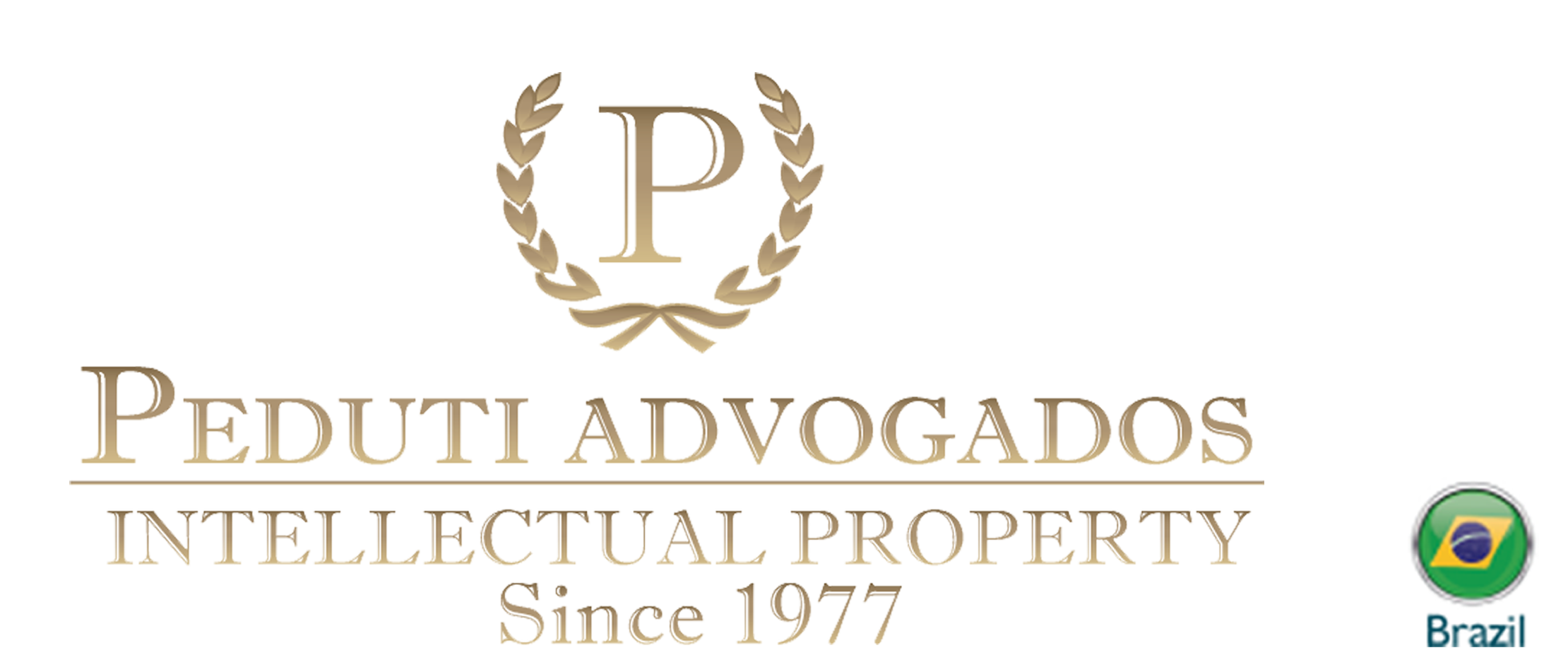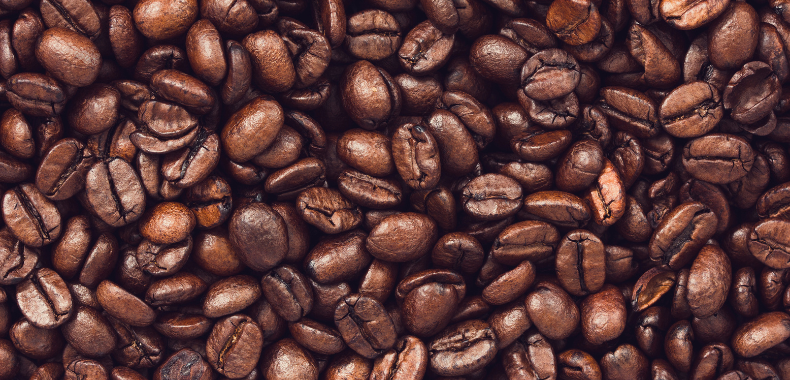An Italian court handed Juventus FC a win in the most recent round of a legal scuffle over non-fungible tokens (“NFTs”). The Rome Court of First Instance, on 20 July 2022, ruled that the unauthorised minting, advertising and sale of NFTs1 can infringe the trade mark rights of the relevant owner.
The Rome Court of First Instance granted the Turin-based football club’s bid for a preliminary injunction, barring Binance-hosted Blockeras s.r.l. from offering up NFTs that make use of the Italian club’s trademarks, including the Juventus and “Juve” word marks, as well as the design of its two-star-bearing black-and-white jersey.
Juventus filed proceedings against Blockeras accusing them of infringing the club’s registered marks in relation to the Blockeras NFTs which were linked to trading cards featuring former Juventus striker Christian “Bobo” Vieri.

The player’s image was not questioned, as Bobo Vieri granted image use permission to the creator of the NFTs. However, he failed to obtain authorization to use the Juventus trademark, which was also featured in the creation.
Furthermore, the Italian Court understood that NFTs have legal autonomy compared to the images or data associated with them. As a practical consequence, the Court specifies that the injunction granted concerns both digital content, including the player’s image with Juventus trademarks, and the NFTs themselves.
The case is a significant ruling in relation to trade mark rights and NFTs. It is the first known judgment by a European court to determine that NFTs which reproduce a third party’s trade marks without authorization from the rights owner, amount to trade mark infringement and may warrant an injunction.
—
Author: Bruno Arminio, Associate Lawyer at Peduti Advogados.
Source: Juventus sues NFT-based fantasy soccer hosted on Binance; Old Lady Shows Her Youth with Win in Significant Trade Mark Ruling Concerning NFTS
—
“If you want to learn more about this topic, contact the author or the managing partner, Dr. Cesar Peduti Filho.”
“Se quiser saber mais sobre este tema, contate o autor ou o Dr. Cesar Peduti Filho.”





